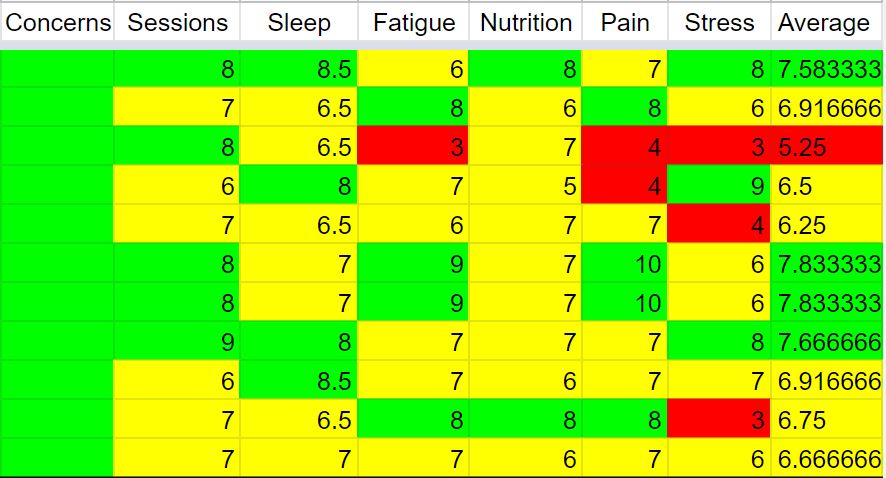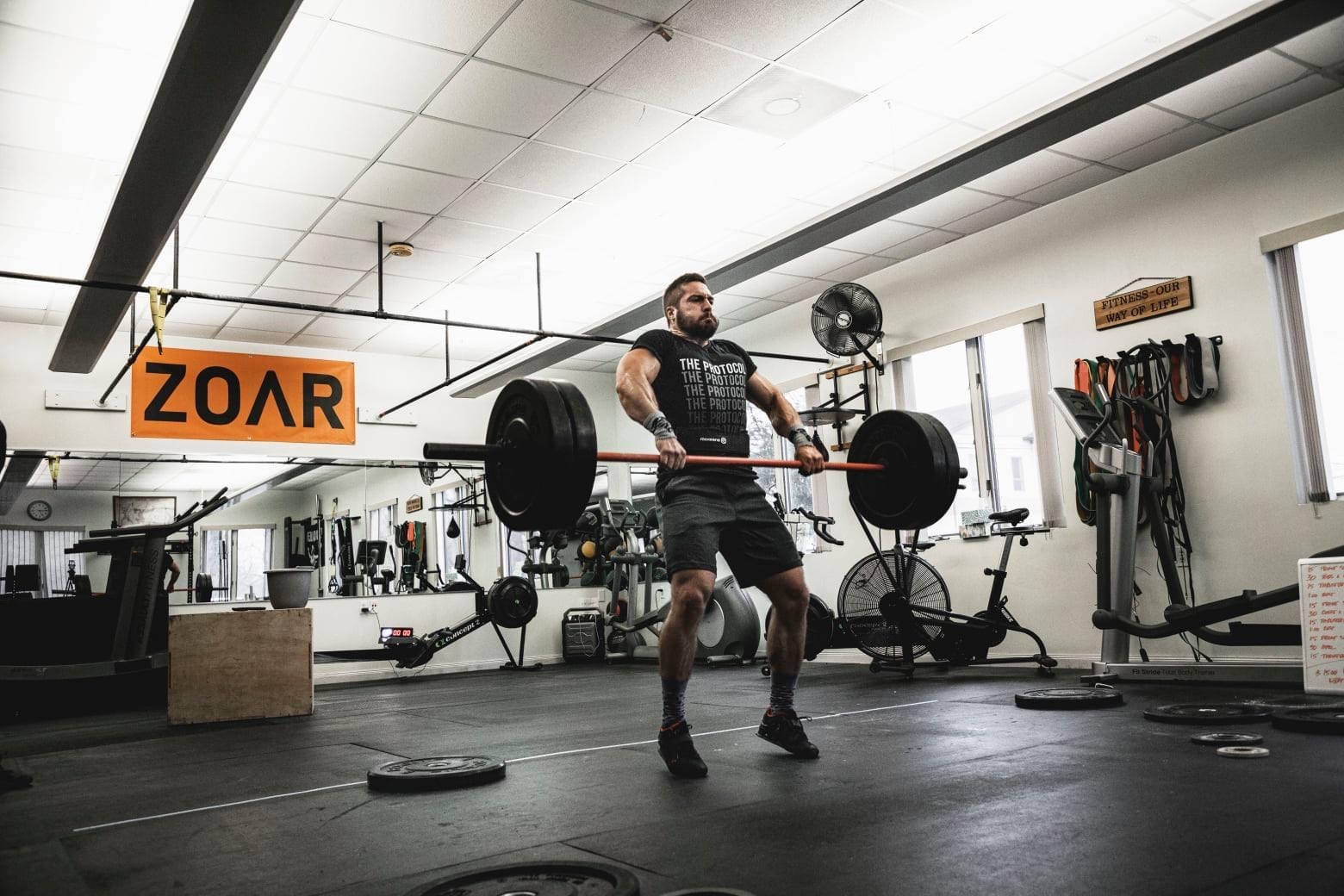Show Notes
Outline
Part 1: Fatigue Indicators (Markers of Recovery / lack thereof)
Part 2: Monitoring Athlete Recovery (using Fatigue Indicators)
Part 1: Fatigue Indicators
Performance
• Session scores from training log
• Weights used relative to working max
• Rating of Perceived Exertion (RPE)
• Score or times on commonly completed pieces
Sleep
• Quality and Quantity: How long? How well?
Nutrition
• Quality and Quantity: Real Food & Macros
• Deficit vs. surplus will affect energy and recovery
Stress
• Training stress (number of hard sessions this week, tracking number of hard sets, total contraction volume)
• Lifestyle Stress: professional vs. “high-level hobbyist”
• HRV (Heart Rate Variability), RHR (Resting Heart Rate)
Pain
• Mechanical Pain: a pattern is causing pain (joint irritations or inflammation)
• Metabolic pain: effect on recovery and willingness to ‘dig’ (the role of state)
Desire to Train
• Do you want to train today?
• Will you enjoy the training process today?
• Are you training or working out of an obligation?
Mood
• Without saying “good” “fine” or “okay” … How do you feel?
Part 2: Monitoring Athlete Recovery
Related Article: Evaluating Readiness to Train & Fatigue Indicators
I have the athletes I coach fill out a similar form every Sunday, that I email to them.
Their results are imputed into a spreadsheet and I track their numbers week-over-week.

The spreadsheet is color coordinated based on subjective and objective markers of fatigue, allowing me to have a quick snapshot of each athlete, as well as the big picture of what all my athletes are experiencing during a given week.
It also allows me to make training adjustments for individuals when necessary, and visualize the trends of athlete recovery scores week-over-week.
Informative rants on the Sport of Fitness.
No fluff, No BS. Just practical ways to help you improve your fitness.


